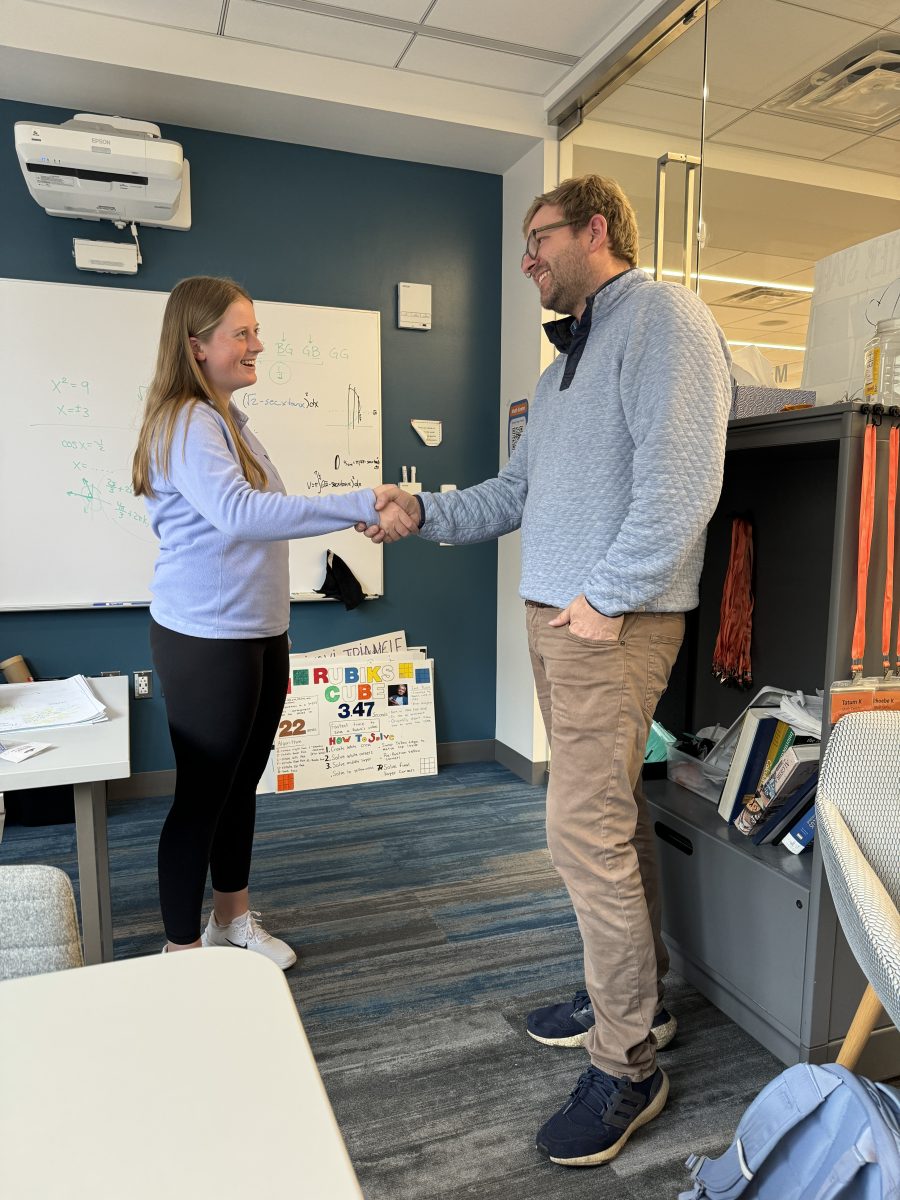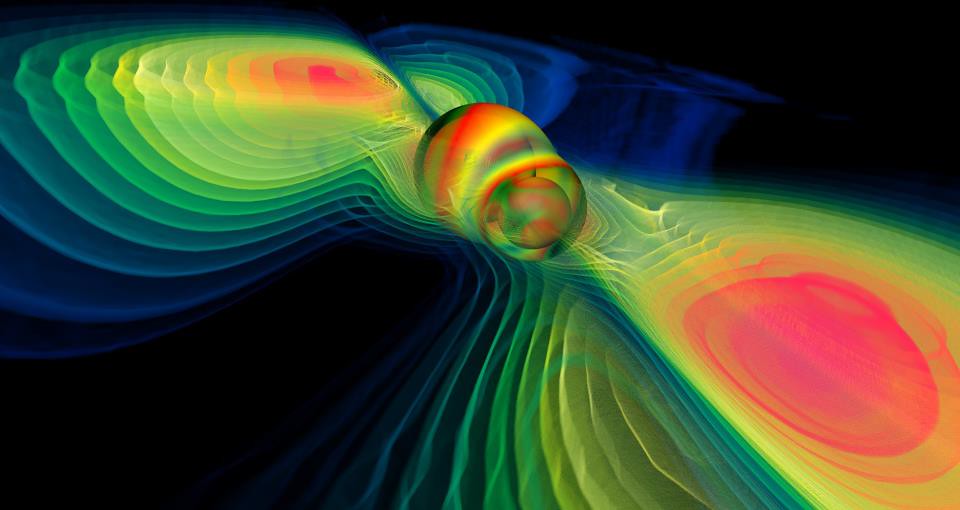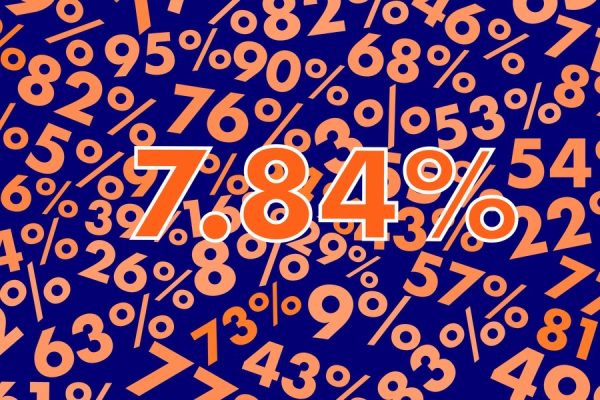A ‘Ripple’ in Space? Scientists Make New Discovery
Werner Benger
A numerical simulation of two black holes merging performed by the Albert Einstein Institute in Germany.
Gravitational waves can give information about the universe to astronomers that wouldn’t be accessible anywhere else, which can help us find out why we exist. But you may ask, what are gravitational waves?
Gravitational waves are invisible waves that distort space-time and move at the speed of light. They are created by massive gravitational events, like stars orbiting one another or two black holes colliding. Upper School physics teacher Josh Phipps said, “Gravitational waves are something that is at the forefront of what we think about the universe.”
Scientists were first able to detect high-frequency gravitational waves in 2015. The observed waves resulted from two black holes about 30 times more massive than the sun colliding, so these waves were much easier to detect by scientists.
This discovery allowed scientists to prove and create new laws of physics, which hadn’t been done before.
These studies are vital because information that cannot be gathered anywhere else in the universe can be found in gravitational waves. This information comes from the fact that the waves could travel without hindrance through the universe, making them highly versatile in research because they haven’t been affected by anything else throughout their existence.
This summer, researchers from the North American Nanohertz Observatory for Gravitational Waves (NANOGrav) made the next big step in the field when they studied waves created by supermassive black holes colliding. These black holes are about 233 times more massive than the sun.
These observations culminated in the discovery of low-frequency gravitational waves.
Freshman Jackson Hirsh was excited about this discovery because “now there’s a whole bunch of new things that we can learn and change how we view the world.”
Previously, when finding gravitational waves, scientists sent lasers through tubes and used a detector to identify any change in the distance traveled by the lasers when a gravitational wave passed through the tube.
However, this method only works to find low-frequency waves created by more significant gravitational events, as the observed change in distance would be so small that it would be undetectable. For scientists to identify these lower wavelengths, they need a detector that spans half the galaxy—or about 50 thousand light-years. So that’s what they created.
This summer, NANOGrav found a way to use pulsars—neutron stars that pulse at extremely precise and predictable intervals—to track low-frequency gravitational waves. When scientists detect a change in a pulsar’s pulse time, they know that a gravitational wave passed through the pulsar because the waves distort space-time, which is the fabric of reality.
According to Einstein’s theory of relativity, energy and mass curves space-time. Because these gravitational waves have such a low frequency, they cause the space-time fabric to bend, creating the observed change in the pulsars.
Scientists can track all of the slight changes in period times of pulsars around the galaxy to track a wave. This change throughout the galaxy is how astronomers were finally able to identify low-frequency gravitational waves.
Low-frequency gravitational waves promise to bring a renewal of excitement around astronomy and gravitational waves to astronomers, educators, and even students. Upper School physics teacher Tressa Wilde added, “I think the coolest thing about this discovery is that it’s a reminder that science is our best understanding of how the universe works based on our observations up to this point in time—science is not something that is set in stone.”

Ashym Patel ('27) is ecstatic to be writing for The Forum during his freshman year at Latin. He enjoyed reading about sports and art, and hopes to one...

















































